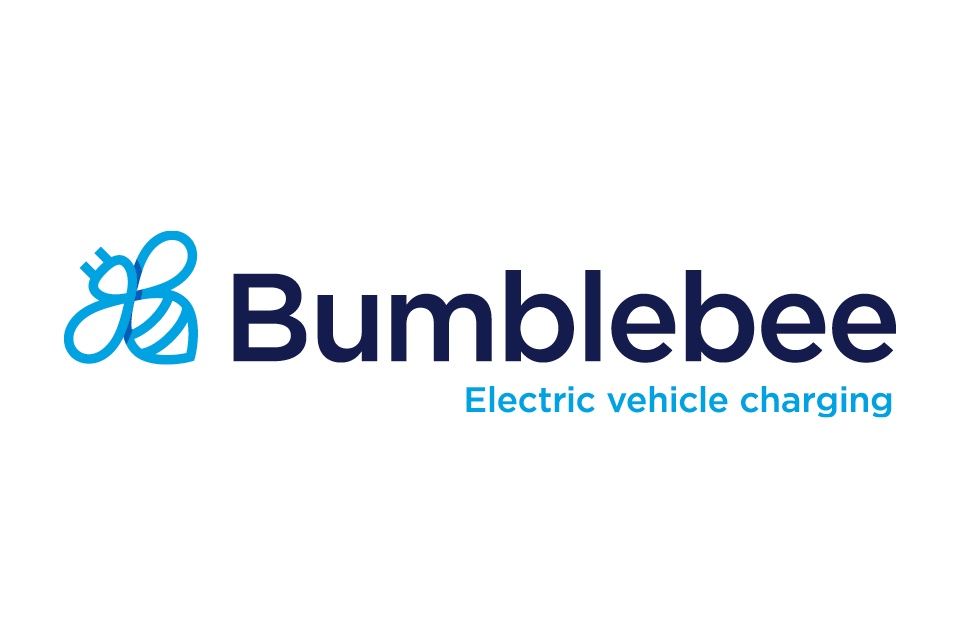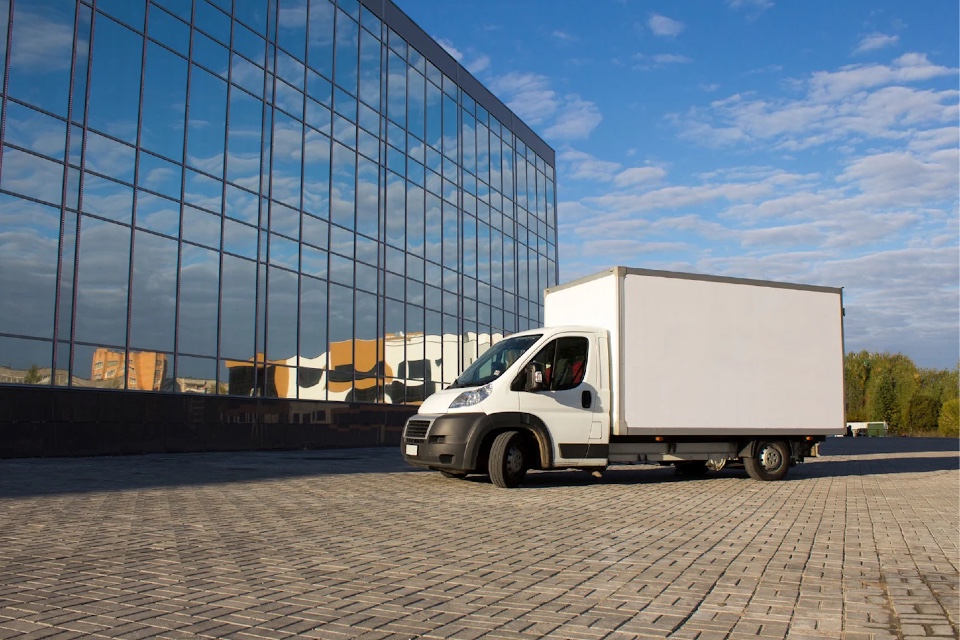As the British weather starts to warm up, it’s the perfect time to get out and about in the countryside. If you are one of the millions of electric vehicle owners in the UK, then you’re probably very aware of how much range you have on your left on your car before you head out.
EV chargers are everywhere nowadays, so you’re no longer worried about making it to the next charging point. You identify your nearest charger and drive straight there, only to find that the charger’s broken. Now you’re in trouble.
This is a real issue for EV drivers up and down the country; broken chargers are rife, causing widespread charge anxiety, which has largely replaced range anxiety amongst EV owners. Here, connectivity specialists Trench Networks take a look at charge anxiety and why it’s become a huge issue for EV owners…
What is charge anxiety?
Not to be confused with range anxiety, charge anxiety has been a common experience for early adopters of electric vehicles.
Range anxiety refers to electric vehicle drivers’ fear that they will be unable to reach the nearest charging station on a single charge. Thankfully, as the UK’s EV charging infrastructure has expanded, range anxiety has become less of an issue in recent years.
However, charge anxiety – the fear that you’ll be unable to use the nearest charging point due to issues with the charger – remains a very real problem, with many of the UK’s EV charging points suffering from software and mechanical issues or internet outage.
In fact, a Volkswagen study suggests that charge anxiety has replaced range anxiety altogether – in the form of fears that “current public charging infrastructure is not widespread, accessible or reliable enough to alleviate driver uncertainties.”
Why is charge anxiety an issue?
With electric vehicles forming such a crucial aspect of the British government’s Net Zero push, it’s surprising that broken chargers remain such a common problem. In fact, the GOV.UK website has identified the importance of maintaining and managing EV infrastructure, citing a minimum of 99% reliability across charging points. At present, this figure seems little more than an aspirational goal.
Annoyingly for drivers, there are a multitude of reasons why EV chargers can fail. There are a large number of charge point operators (CPOs), meaning that variation between chargers is common – with certain brands more likely to fail.
In many cases, however, electric chargers are rendered unusable due to their inability to connect to the internet. Most chargers require internet access to handle credit card, contactless and app payments. If the wireless signal fails and charger is unable to take payment, drivers are unable to charge their car.
And, that’s just for customers. There’s also a huge number of activities the CPOs need connectivity for, from carrying out remote diagnostics to estimating demand on the grid.
Who is most likely to be affected by charge anxiety?
Charge anxiety is proving a significant barrier to nationwide adoption because charger functionality is a largely regional issue. Certain cities are more likely to be subject to outages – in Derry, Northern Ireland, a staggering 30% of chargers don’t work.
Smaller cities tend to be lacking in functioning EV infrastructure – Worcester, Ipswich, Newcastle and York rounded off the top 5 cities with the least working chargers. There doesn’t seem to be much of a north/south divide in terms of available charging, though rural areas are most affected by charging failures due to the lack of available back-ups.
If a charger is broken in central London, you can be sure to find another. If your charger fails in the rural countryside, you’re unlikely to find another close by, particularly if you’ve exhausted your range getting to the chargers that’s down in the first place.
EV drivers have identified the unreliability of the charging infrastructure as a serious issue, though it’s unclear exactly what percentage of EV chargers can be relied upon to function properly. In 2021, Channel 4’s show Dispatches found that more than 1300 of the country’s chargers (5.2%) were unusable.
What’s next?
The first barrier to EV adoption – a lack of charging infrastructure – is beginning to be tackled, thanks to large-scale installations taking place across the country. For example, the numbers of charging points in the country have increased by 35% between March 2022 and March 2023. Though there’s still a way to go, it’s becoming easier to be an EV owner – purely from an access standpoint at least.
Kevin Latimer, Chief Executive Officer, Co-Founder (and EV driver!) at Trench Networks, comments: “The majority of a charger’s functionality relies on a durable internet connection, so any downtime causes huge problems. Chargers must be resilient enough to work at all times in order to meet the 99% uptime target; implementing a more robust internet connection is the first step to ensure EV enthusiasts across the country can be confident in making to move the electric vehicle ownership.
“If a charging point is supported by a robust and reliable connection, then CPOs can guard against outages, and maximise uptime, which results in increased charger revenue. In this event, the user experience is improved, and the charging operator can ensure the viability of their product for as long as possible.”









